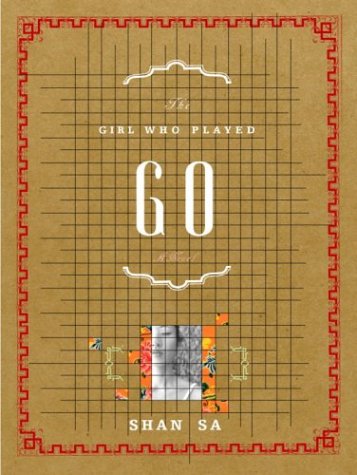The Girl Who Played Go
They say that Go, a strategic two-player game popular in both China and Japan, takes only five minutes to learn but a lifetime to master. The structure of The Girl Who Played Go mimics the game in that the chapters are short, sparse, and carefully planned. There is the same sense of inevitability; seemingly trivial early moves force the pattern of the overall work. The only times this structure fails is in providing backstory. It takes a distracting number of footnotes to acquaint the reader with the details of the Japanese-Manchurian conflict in the 1930s, yet it is unwise to ignore them. It’s a minor clumsy move in an otherwise elegant, fast-paced novel.
The narrative shifts between the go-playing girl, a precocious, mysteriously anonymous schoolgirl, and her opponent, a Japanese soldier working as a spy to gather information on the people who live in his remote Manchurian outpost. Both characters are absorbed in their day-to-day concerns: the girl learns of the Chinese revolutionary movement and takes a lover from their ranks; her opponent misses his family and the lovely geisha he has disappointed. Neither is fully aware that their existences are untenable and the world is changing all around them. But games of strategy allow no idle moments, and both players find themselves swept into the unfolding war, every go stone building toward an explosive, shocking ending.










